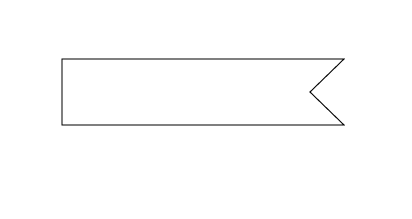I hope that finally having a complete suit can put an end to that silliness.
I already talked a bit about the trousers in my previous post. They are fairly basic: A shape with a slightly lowered crotch and some extra ease around the seat and thighs, tapered legs hemmed at ankle length (I know loads of people don't like that but I do. It somehow makes the whole silhouette a bit lighter and more playful. And I think it may just make me look a bit taller), front fly, narrow waistband at the natural waist, slash pockets at the front and double welt pockets with button loops at the back.
I tried to get some pictures of the details but the camera didn't agree with so much black. That was even a problem with quite a few of the normal pictures. That and the fact that I was frowning in at least half of them. I don't know why.
At least you can see the pockets here.
And actually, this suit is fun to wear.
I even did a pirouette...
which is more effective in a wide skirt but I don't think I have to be all serious just because I'm wearing a suit.
Oh well...


















































